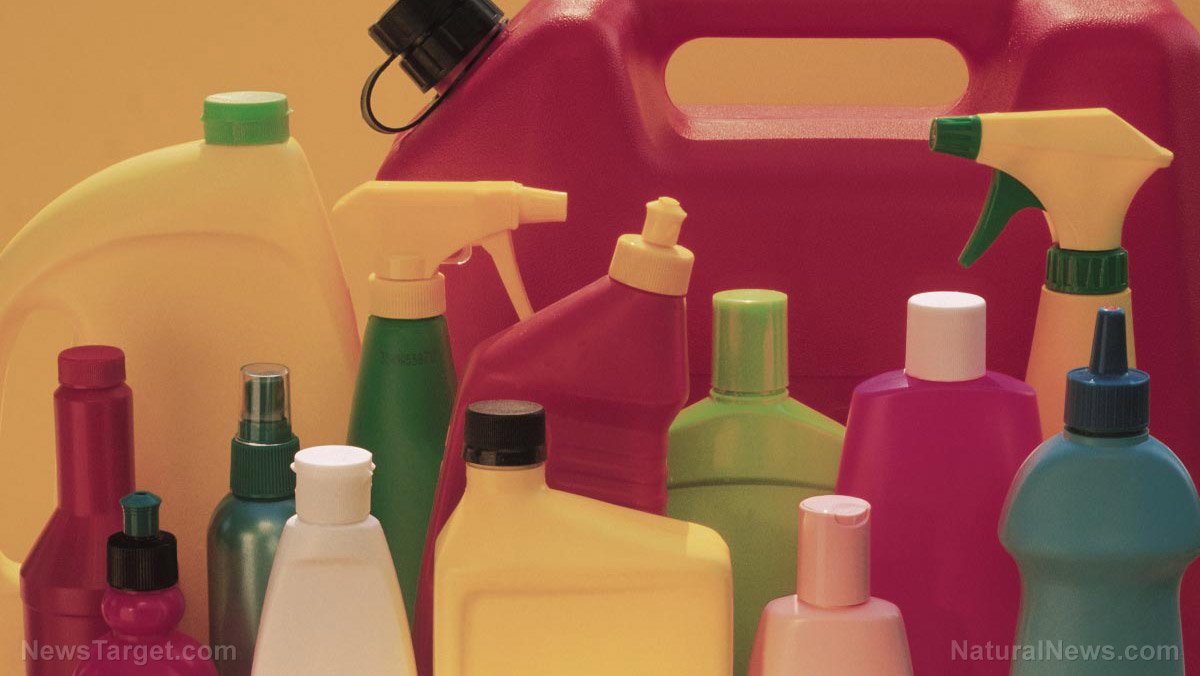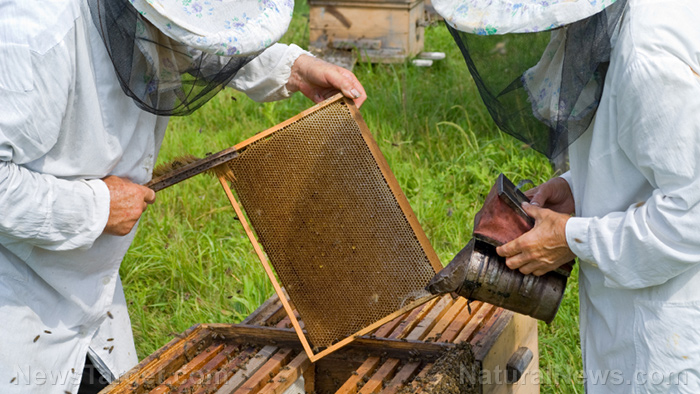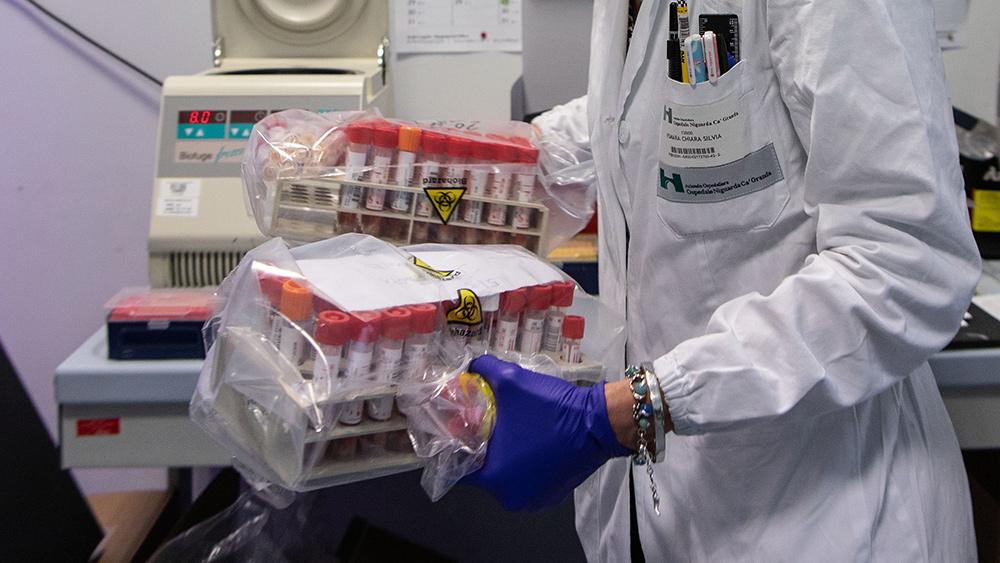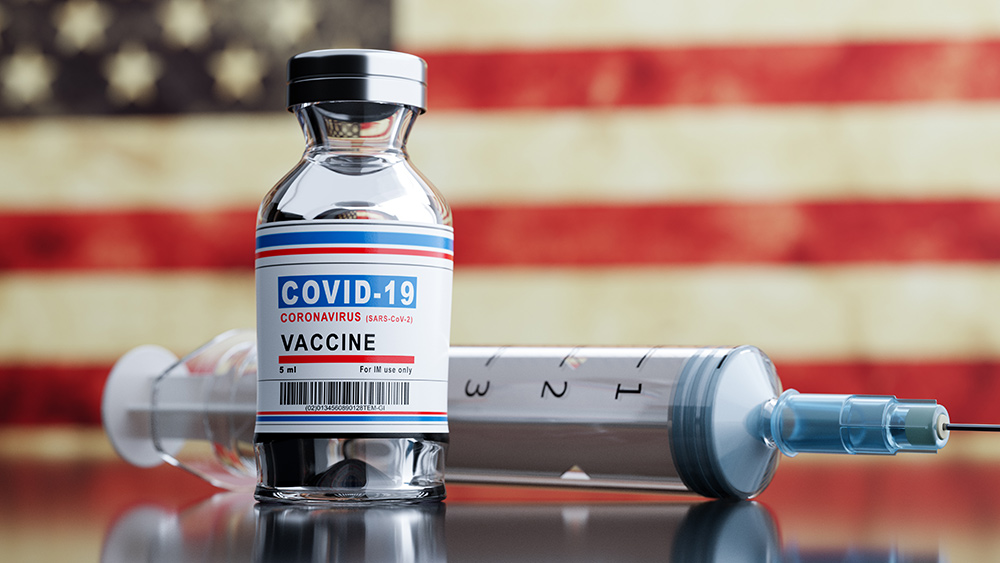Toxic ingredient in disinfectants can give rise to antibiotic-resistant bacteria, birth defects and more
03/04/2021 / By Virgilio Marin

Experts are raising the alarm about a certain family of chemicals that are found in several commercial cleaning products. Quaternary ammonium compounds, or quats, are charged chemicals that can kill bacteria, viruses and other microorganisms. But though they are effective disinfectants, researchers found that quats can give rise to serious health and environmental problems, including antibiotic resistance, birth defects, fertility issues and marine toxicity.
Health and environmental hazards of quats
The COVID-19 pandemic increased the demand for cleaning products such as Lysol wipes that use quats as active ingredients. The sales for Lysol wipes, for instance, jumped by nearly 50 percent in the spring of last year. Meanwhile, the annual sales of aerosol disinfectants – a large fraction of which contain quats – doubled.
“We’re in an era now where the concentration [of quats] is certainly higher than ever before,” William Arnold, an environmental engineer at the University of Minnesota, told Environmental Health News.
In a study last year, Arnold and his colleagues found that increased concentrations of quats are likely piling up in wastewater plants, which had been unable to keep up with the increase in disinfectant use. Though quats are removed during the wastewater treatment process, according to Arnold and his team, they are still found in marine environments where they can disrupt aquatic food chains.
Quats can spur antibiotic resistance
Quats can also encourage the rise of antibiotic-resistant germs. Many kinds of bacteria are getting better at recognizing quats, said Kevin Minbiole, a Villanova University chemist who studies how quats affect bacteria and viruses.
Bacteria can also develop broad resistance that blocks attacks from other kinds of antiseptics. This “cross-resistance” happens when changes microbes make to survive one threat make them suited to survive other threats too.
“Those changes make bacteria capable of surviving different compounds, different chemicals that it hasn’t seen before,” explained Beatriz Pereira, a recent graduate student in microbiology from the University of California, Davis.
In the lab, Pereira observed bacteria develop resistance to certain types of quats even when exposed to low concentrations. The microbes revamped their defenses to strengthen their outer membranes, which is a common way to develop cross-resistance. (Related: Research Shows Disinfectant Wipes Spread Superbugs in Hospitals.)
However, it’s not yet clear whether bacteria in the wild can develop antibiotic resistance with the current levels of quat pollution. But to Pereira, those lab experiments suggest that the best way to address antibiotic resistance is to consider whether to stop the use of these toxic chemicals.
Quat exposure is bad for health
Theresa Hrubec, a biologist at the Virginia Polytechnic Institute and State University, was carrying out research on mice when she observed that her animal subjects were developing birth defects. After ruling out any experiment mistakes on her part, she surmised that the mice might have been unintentionally being dosed with quats. The facility had just started to use quats for disinfection.
Since then, Hrubec conducted a few animal studies linking quats to birth defects and decreased fertility. For those studies, she and her team fed mice a mixture of two common quat disinfectants at high doses for several weeks before assessing them for either fetal birth defects or signs of decreased fertility.
The mice exposed to quats were found to be more likely to develop neural tube defects, an early-stage birth defect. Meanwhile, the number and size of litters born declined. (Related: Chemicals used in common household disinfectants significantly impair reproductive health.)
Quats may also inflame the lungs. A 2010 mice study shows that inhaling high concentrations of quats can increase levels of inflammation and cell death. Hrubec and her team also performed a study on humans and found that quat levels in the blood are associated with higher inflammation levels and decreased mitochondrial function. While their results are preliminary, the study is among the first to monitor quat levels in humans.
Taking action to reduce quat use
A few states are already probing the environmental and health impact of quats. California, for example, recently included these chemicals in its biomonitoring program. After reviewing data from researchers, the advisory panel for Biomonitoring California voted last year to add quats to the list of chemicals that can be considered for future studies.
Massachusetts’ Toxics Use Reduction Institute is also looking to conduct studies on quats. Liz Harriman, the institute’s deputy director, said that they were compelled to examine these disinfectants more closely because people use them more frequently since the start of the pandemic.
While research is still underway, experts recommend using safer alternatives to reduce the use of quats. Samara Geller of the nonprofit organization Environmental Working Group recommends products whose main ingredient is citric acid, lactic acid or hydrogen peroxide. You can check a product’s ingredients by visiting the Environmental Protection Agency‘s directory of disinfectants, which lists products by active ingredient.
Learn more about the dangers posed by quats and other toxic chemicals at Chemicals.news.
Sources include:
Tagged Under: antibiotic resistance, antibiotic-resistant bacteria, Birth defects, cleaning products, cross resistance, disinfectant, endocrine disruption, environment, infertility, quaternary ammonium compounds, quats, reproductive health, superbugs, toxic chemicals
RECENT NEWS & ARTICLES
COPYRIGHT © 2019 Dangerous.News
All content posted on this site is protected under Free Speech. Dangerous.News is not responsible for content written by contributing authors. The information on this site is provided for educational and entertainment purposes only. It is not intended as a substitute for professional advice of any kind. Dangerous.News assumes no responsibility for the use or misuse of this material. All trademarks, registered trademarks and service marks mentioned on this site are the property of their respective owners.




















